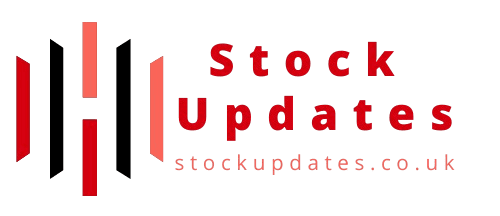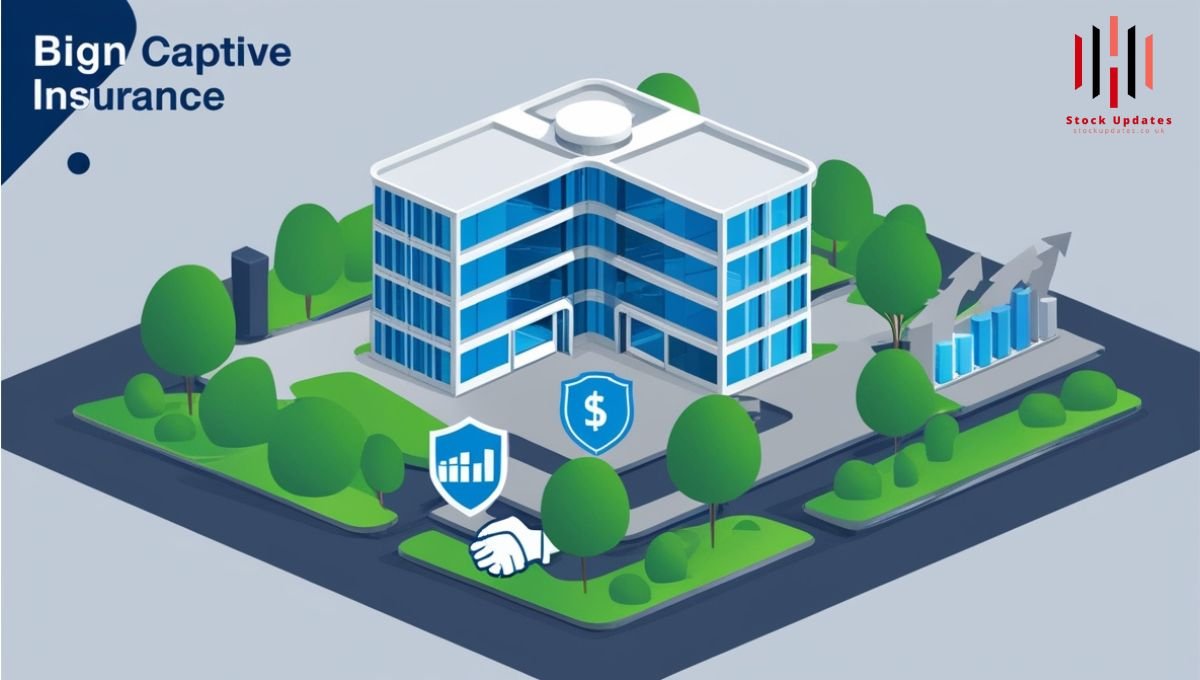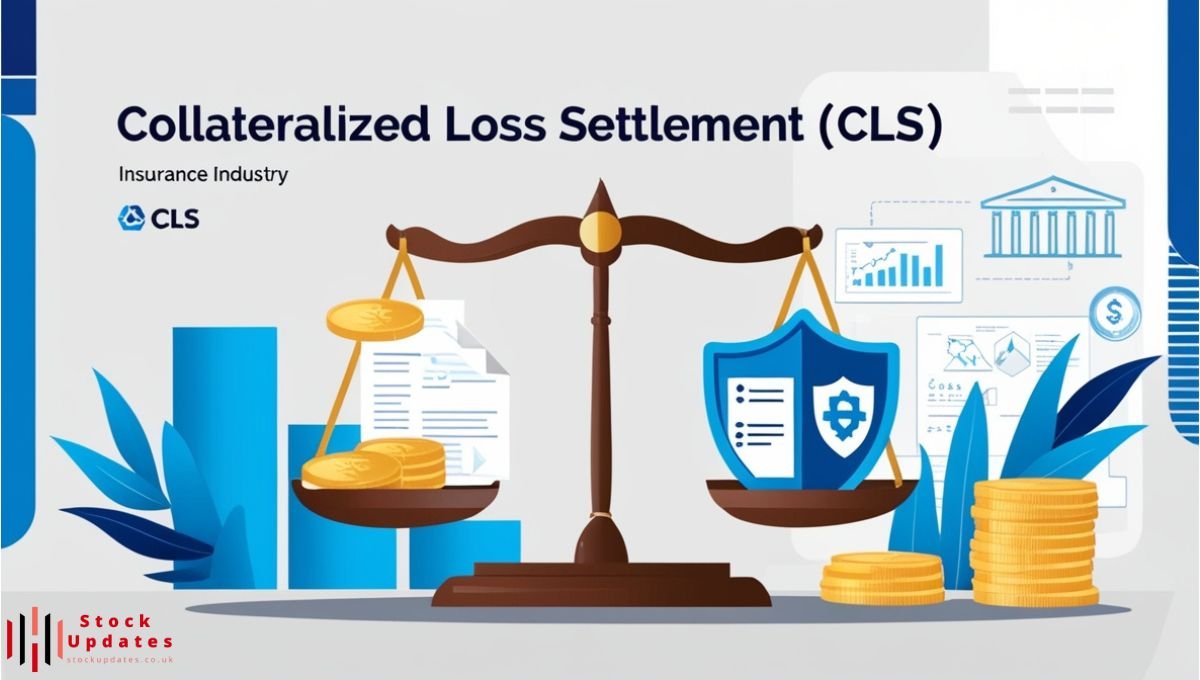Bign Captive Insurance: Empowering Financial Security
Bign Captive Insurance may be defined simply as a type of self-insurance in which an organization establishes an insurance company or a branch of an insurance company that underwrites risks that cannot be underwritten efficiently or economically in the open market. Evidently, this strategy has received considerable attention in the various industries due to its potentiality of offering versatility, cost benefit and company cal powers over the risk management programs. Common examples of captive insurance are the so-called “Group Captive”,
In this blog, I will try to explain what does captive insurance mean, describe the characteristic of Bign Captive Insurance, consider the advantages associated with the use of such an opportunity and describe how it can become a crucial factor for business.
What is Captive Insurance?
Captive insurance is a process where an organization or a cluster of organizations form an insurance company to satisfy your own risks.
- That insure those risks that are hard or costly to underwrite in the conventional insurance market.
- Preserve underwriting profits at the parent company.
- Develop one’s market direct to reinsuring companies.
- Single-Parent Captives: Which is generally held by one company for its own use and limited to that particular firm.
- Group Captives: Held in common with other companies and are associated with similar risk factors.
- Association Captives: Compromised of members of an industry or trade are often the ones to form it.
Bign Captive Insurance: A New Form of Risk Financing

Bign Captive Insurance is a typical group captive formation strategy, mainly applied to SMEs. It involves several risks and through collaboration of several businesses the insurance solution is both efficient and affordable.
Key features of Bign Captive Insurance include:
1. Risk Sharing
Employee bonuses and losses are split, so none bears the burden alone.
2. Customization
This means that it is easy to formulate policies that shall suit the various needs of each member company.
3. Cost Efficiency
Free from the issues of very high premium markups that characterize commercial insurance products.
4. Direct Reinsurance Access
The reinsurance cost may also be lower to members.
What are the two types of captive insurers?
The two main types of captive insurers are:
- Pure Captive: An insurance company formed and controlled by a single company for the purpose of underwriting its risks.
- Group Captive: An insurer in which several organizations take their risks, often from the same field or the same risk type.
Who uses Captive Insurance?
Common users include:
- Large Corporations: To provide an understanding of certain or specific exposures that would be hard for the insured to seek from commercial insurance companies.
- Non-Profit Organizations: To reduce the price of insurance premiums to obtain policies that will suit the needs of different people.
- Healthcare Providers: For medical malpractice and liability hazard mitigation.
- Industry Groups: For example in construction, manufacturing or oil and energy industries to deal with specific industry hazards.
How Bign Captive Insurance Works
To better understand the functioning of Bign Captive Insurance, consider the following table that outlines the process:
| Step | Description |
| Formation | Companies with similar risk profiles join together to form a captive insurance entity. |
| Capitalization | Members contribute initial capital, which serves as a reserve to pay claims. |
| Underwriting | The captive entity underwrites risks and issues policies to its members. |
| Claim Handling | Claims are reviewed and paid from the captive’s reserves, reducing reliance on external insurers. |
| Profit Sharing | If claims are lower than expected, underwriting profits are distributed among members. |
The advantage associated with Bign Captive Insurance
1. Lower Insurance Costs
On a positive note, participants in a captive get to eliminate or reduce considerably the profit margin of commercial insurers.
2. Enhanced Risk Control
Unlike insurance policies, participants can opt for policies that meet their individual risks regardless of their nature since policies and their conditions are more flexible.
3. Stabilized Premiums
Captive has the ability of producing long-term stable premium through the elimination of volatile and unpredictable market forces.
4. Direct Reinsurance Access
Direct reinsurance relations enable participants in the reinsurance logo to reduce their costs as well as approve better conditions for coverage.
Aspects That Businesses Need to Give Much Thought While Joining A Captive
While the benefits of captive insurance are significant, there are some factors businesses should evaluate:
1. Initial Capital Requirements
Organizing or participating in a captive necessitates the provision of a large amount of capital at the beginning.
2. Regulatory Compliance
Captive insurance entities are also subjects to high regulatory standards that may differ depending on the location.
3. Management Expertise
The general management of a captive involves an understanding and application of insurance underwriting, claims handling and evaluation and financial management.
4. Risk Assessment
The general public needs to have an understanding and semantics of the probable risks at hand in order to determine the capital resources necessary to support them.
Why Join Bign Captive Insurance?
Bign Captive Insurance distinguishes itself by focusing on SMEs, offering:
1. Affordability
Entrance barriers are slightly lower than in traditional captives.
2. Collaboration
A strategy of a team or a group, where one person helps another within the same community.
3. Transparency
Proper organizational structures and read distributions of profits.
The Uses of Captive Insurance Company in the Real World

Areas including the construction industry, health care and manufacturing have benefitted from the use of captive insurance. For instance:
- Construction: Such costs are minimized by contractors.
- Healthcare: Medical malpractice risks in hospitals are retained by conducting self-insurance.
- Manufacturing: Hedging is done better with regards to product liability risks by companies.
Conclusion
Bign Captive Insurance provides the break through solution management that various institutions have been looking for to have full control over their risk management. Thus, like-minded companies including SMEs can obtain cost reduction, improved risk management, and self-insurance revenues.
Bign Captive Insurance is therefore awaiting companies willing to spend more time and more money to endow their risk managers with a full control over protection schemes and transform risk management into a competitive weapon.
Read more about Insurance and other categories At Stock Updates.
























Post Comment